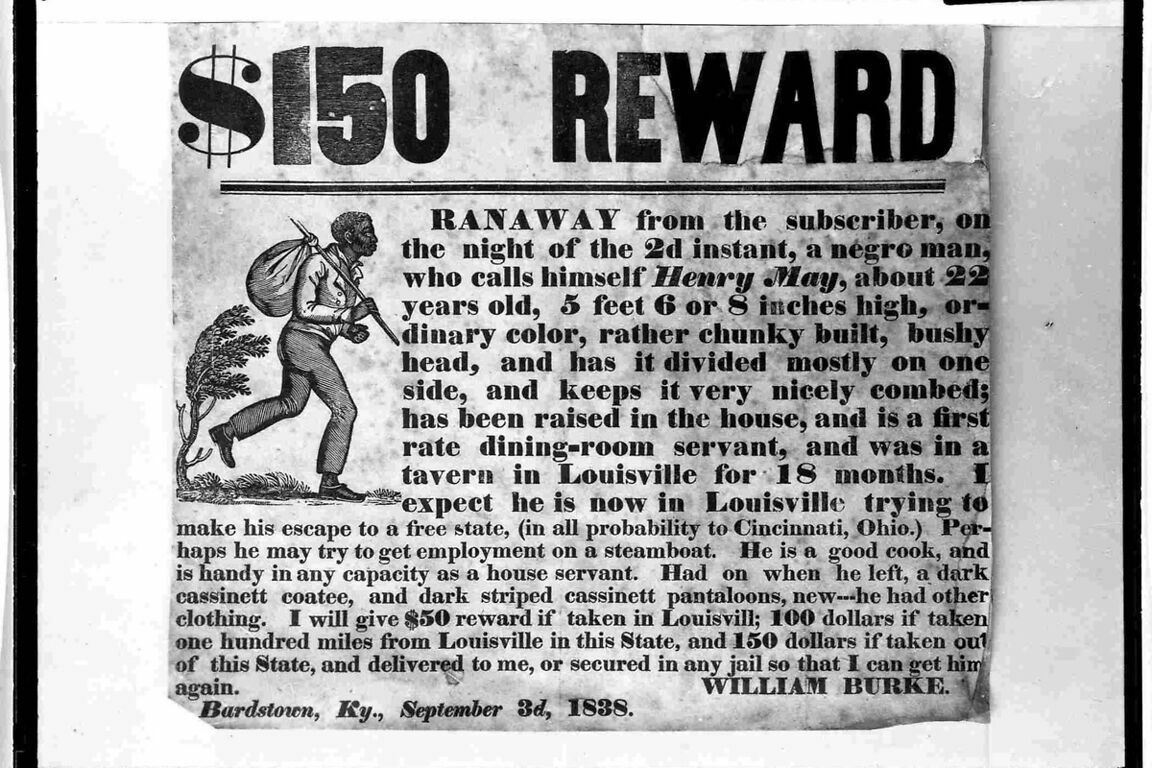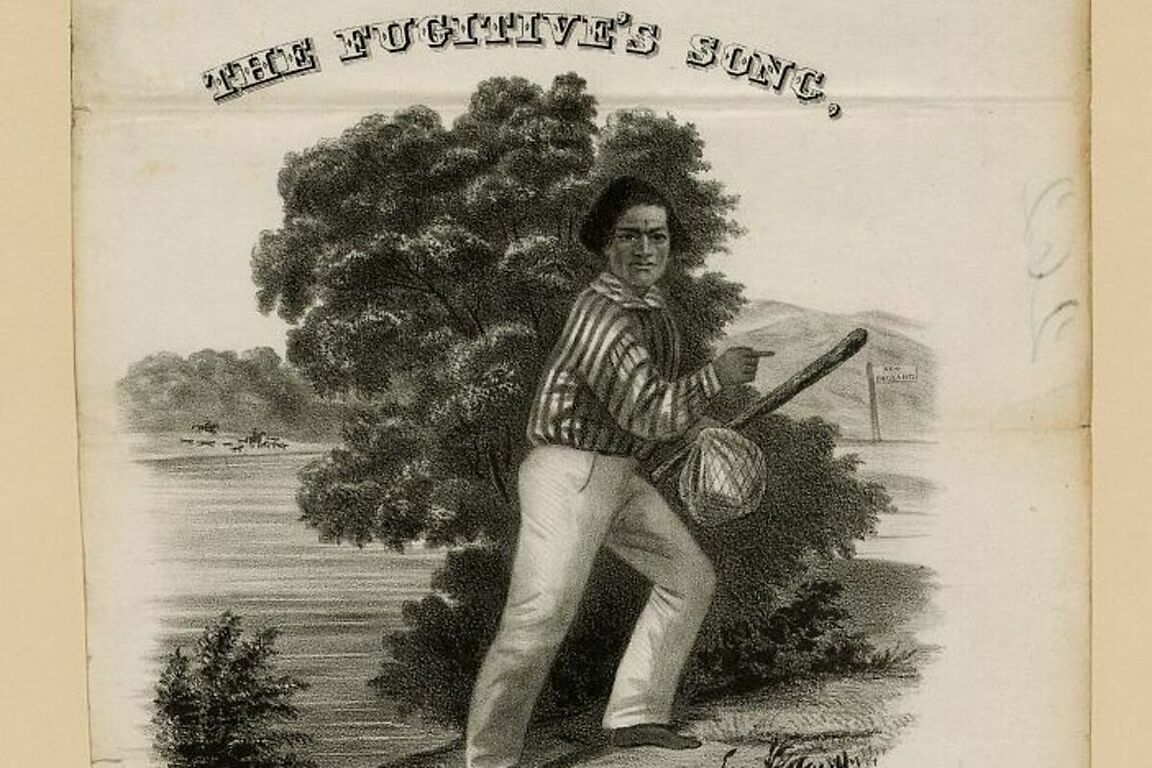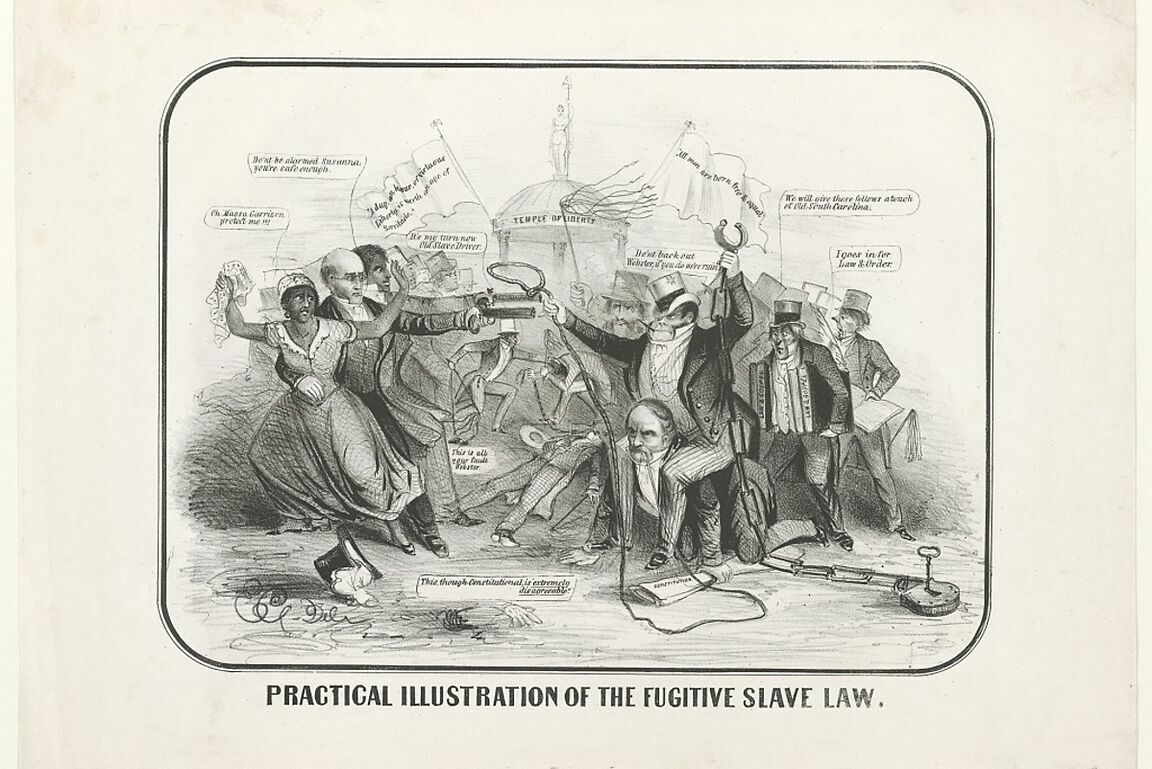The 1850 Fugitive Slave Act empowered the Federal Government to get involved in the business of recapturing slaves who ran away to Northern states. It represented a last-ditch effort for wealthy and well-connected slave owners to hold onto the bondage of slavery. This module explores the impact of demands made by Southern slave-holding states on Federal legislation and the freedom of African Americans in the North. Students will analyze primary sources from the era, and consider discussion prompts for more dialogue and deeper reflection.









